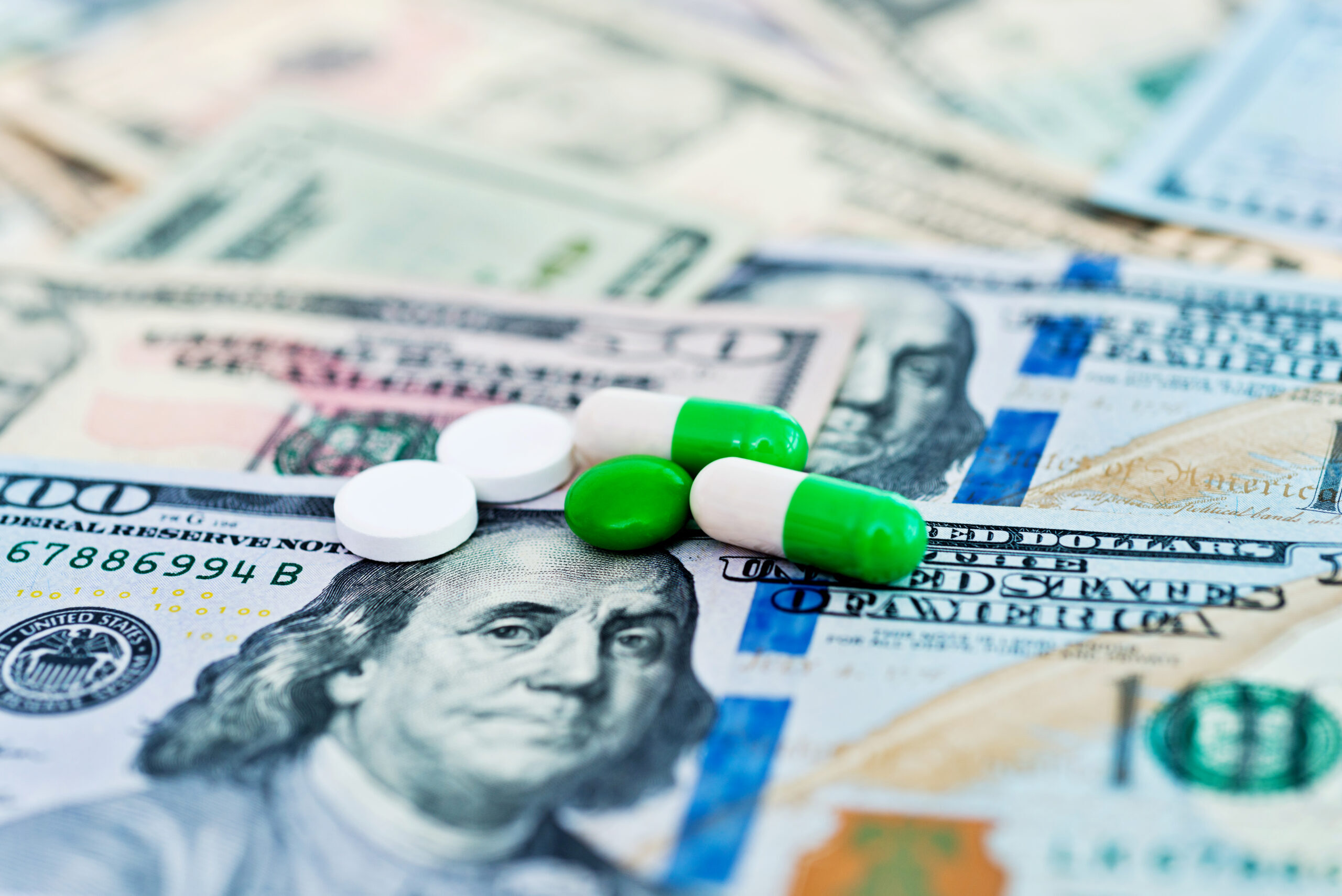© 2024 CSRXP- All Rights Reserved

DOSE OF REALITY: BIOSIMILAR COMPETITION GENERATES SIGNIFICANT SAVINGS FOR PATIENTS AND THE U.S. HEALTH CARE SYSTEM
May 2, 2024
Reports Find Biosimilars Have Lower Prices Than Brand Name Biologics, Result in Lower OOP Costs for Patients, and Produce Billions of Dollars in Savings
Big Pharma deploys a full suite of tactics designed to game the U.S. patent system — enabling brand name drug companies to extend monopolies over their biggest money-makers. The pharmaceutical industry’s egregious abuse of the patent system is a root cause of high prescription drug prices because it enables Big Pharma to repeatedly hike prices on existing drugs, set out-of-control launch prices on new medications, and block competition from more affordable alternatives, like generics and biosimilars.
While generics and biosimilars are both alternatives to high-priced brand name drugs, biosimilars are alternatives for more complex biologic drugs and are not exact copies of branded drugs, like generics. As more biologics enter the prescription drug market, greater biosimilar competition is especially critical to bringing down costs for patients, taxpayers, and the U.S. health care system.
Learn more on how biosimilar competition reduces prescription drug costs and generates savings:
Out of Pocket Costs for Biosimilars 23 Percent Lower Than Reference Biologics
A March 2024 study published in JAMA Network compared out-of-pocket spending between seven biologics and their biosimilar alternatives. The study found that in the commercial market, average patient out-of-pocket costs for the biosimilars were 23 percent lower compared their reference biologic, or around $200 less, on average. According to the study, “the mean [out-of-pocket] costs were lower for biosimilars ($707) than reference biologics ($911).”
Biosimilar List Prices Are 15 to 35 Percent Lower Than Branded Biologics
According to a July 2021 U.S. Food and Drug Administration (FDA) press release announcing approval of the first interchangeable biosimilar insulin product for diabetes, biosimilar drugs launched in the U.S. typically have “initial list prices 15% to 35% lower than comparative list prices of the reference products.”
Projected Savings of Greater Biosimilar Competition Between 2021 and 2025: $38.4 Billion
A July 2022 paper in the American Journal of Managed Care found that estimated savings from increased biosimilar competition and uptake could result in savings of $38.4 billion for the U.S. health care system. According to the paper’s authors, most of the expected savings will be driven, “by downward pressure on the brand-name biologics they compete with.”
Generic and Biosimilar Savings in 2022: $408 Billion
A September 2023 report from The Association for Accessible Medicines found that generics and biosimilars together led to savings of $408 billion in the U.S. health care market in 2022, an increase of $35 billion from the year prior. The report notes that savings from generics and biosimilars have consistently increased by seven to 10 percent per year.
Generics and Biosimilars Make Up 90 Percent of All Prescriptions But Less Than 18 Percent of Spending
The same September 2023 report from The Association for Accessible Medicines found that despite making up more than 90 percent of all prescriptions in the U.S. market, generic and biosimilar drugs accounted for less than 18 percent of spending on all prescriptions.
Read more on how Big Pharma blocks competition from generics and biosimilars utilizing patent abuse HERE.
Read more on bipartisan, market-based solutions to hold Big Pharma accountable HERE.
